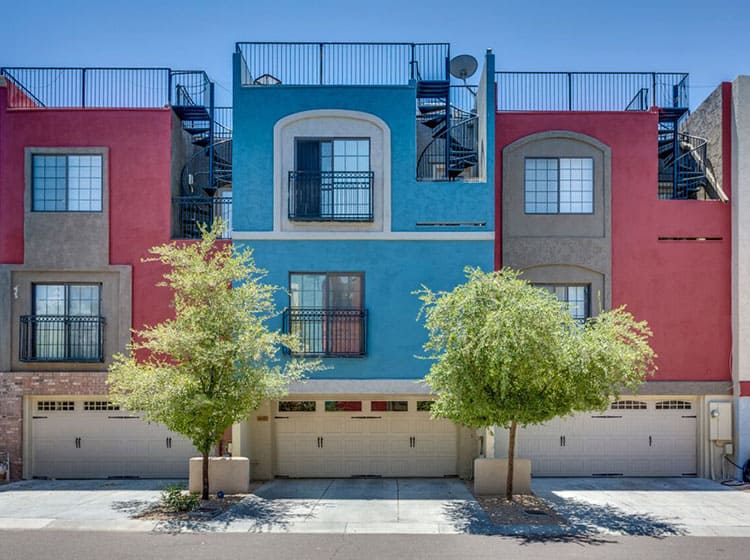The Influence Of Weather Conditions On Your Exterior Painting Job
The Influence Of Weather Conditions On Your Exterior Painting Job
Blog Article
Web Content Develop By-Dejesus Handberg
Understanding how weather can affect the result of an outside paint undertaking is extremely important for achieving a perfect finish. From temperature changes altering paint attachment to humidity degrees impacting drying times, each component of weather condition plays a considerable function in the success of your task. In addition, wind rate and precipitation can present unanticipated difficulties that may compromise the high quality of the result. As we browse with the subtleties of climate's impact on outside painting, it becomes apparent that careful preparation and strategic timing are important for making sure an expert and resilient outcome.
Perfect Temperature Level Range for Paint
When taking into consideration external painting projects, the excellent temperature range plays an essential role in attaining optimal outcomes. Painting in you can find out more guarantees that the paint adheres effectively to the surface, dries evenly, and cures properly. Typically, the recommended temperature array for exterior painting is in between 50 to 85 levels Fahrenheit.
Painting in temperatures listed below 50 degrees Fahrenheit can result in issues such as poor paint bond, extended drying out times, and an increased chance of splitting or peeling off.
On the other hand, painting in temperatures above 85 levels Fahrenheit can create the paint to completely dry too promptly, leading to blistering, gurgling, and an uneven finish.
To accomplish the most effective outcomes, it is important to examine the weather forecast before beginning an exterior painting job. Preferably, objective to paint during light weather with modest temperatures and low humidity degrees.
Impacts of Humidity on Paint Drying
Moisture degrees significantly affect the drying out procedure of paint applied to exterior surface areas. High moisture can lengthen the drying time of paint, leading to possible concerns such as leaking, streaking, or perhaps the development of bubbles on the painted surface area. Excess dampness airborne reduces the evaporation of water from the paint, hindering the curing process. This is specifically problematic for water-based paints, as they depend on evaporation for drying out.
On the other hand, reduced humidity degrees can likewise impact paint drying out. Exceptionally completely dry conditions might create the paint to completely dry as well rapidly, bring about inadequate attachment and a rough finish. In such instances, including a paint conditioner or splashing a great haze of water in the air can assist regulate humidity levels and boost the paint end result.
To make sure ideal drying conditions, it is recommended to paint when the humidity levels vary in between 40% and 50%.
Tracking humidity degrees and taking appropriate procedures can help attain a smooth and long lasting paint surface on exterior surfaces.
Wind and Precipitation Considerations
Wind rate and rainfall are important factors that dramatically influence the success of an exterior paint task.
When it concerns wind, both rate and direction are vital considerations. High wind rates can create paint to completely dry as well rapidly, causing a poor finish with potential issues like breaking or uneven appearance. Furthermore, wind can bring particles that may comply with the damp paint, bring about blemishes. Consequently, https://charlieekpua.bligblogging.com/34500766/secret-strategies-for-an-effective-collaboration-with-house-painters need to intend to work on days with light to modest winds for ideal painting conditions.
On the other hand, rainfall, whether rain or snow, can be incredibly damaging to the result of an exterior painting job. Dampness from precipitation can impede paint bond, creating peeling off and bubbling over time. It is critical to stay clear of paint throughout rainy or snowy weather to guarantee the long life and top quality of the paint job. Painters must likewise allow ample time for the surface area to completely dry completely after any kind of precipitation before starting or returning to the painting process.
Verdict
In conclusion, weather conditions play a significant duty in the end result of an outside painting project. The excellent temperature range, moisture degrees, wind rate, and rainfall all contribute to the success or failure of the paint work.
It is necessary to consider these aspects and strategy accordingly to make sure proper paint bond, drying times, and total high quality of the finished product.
